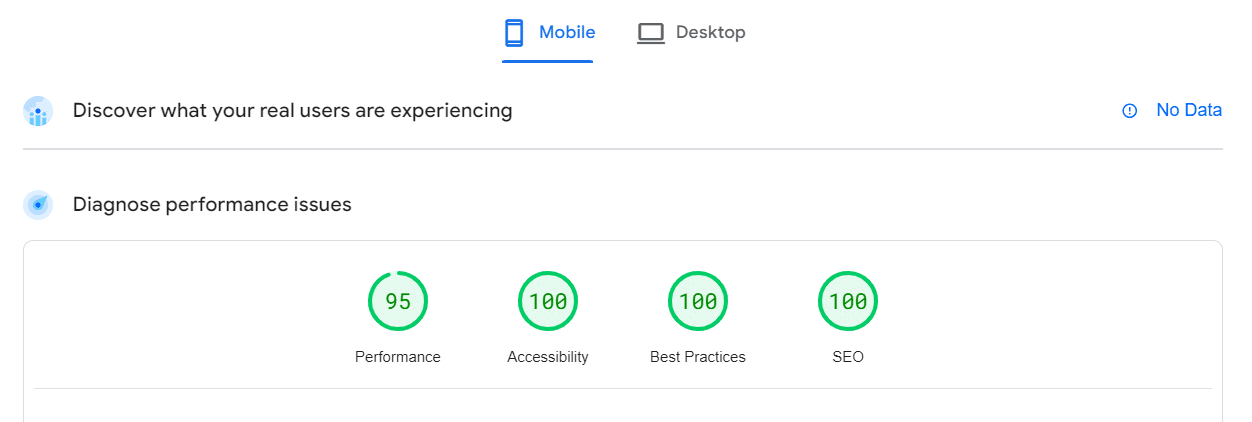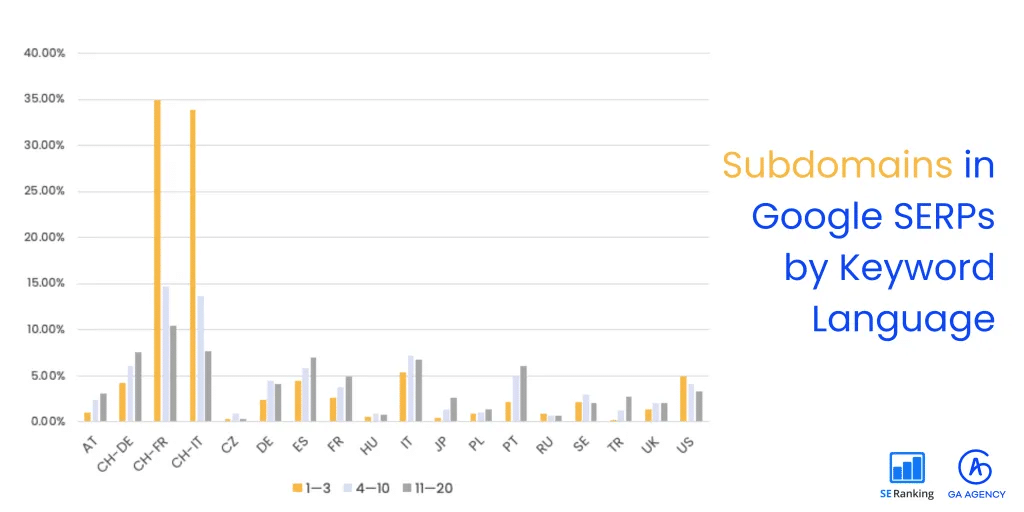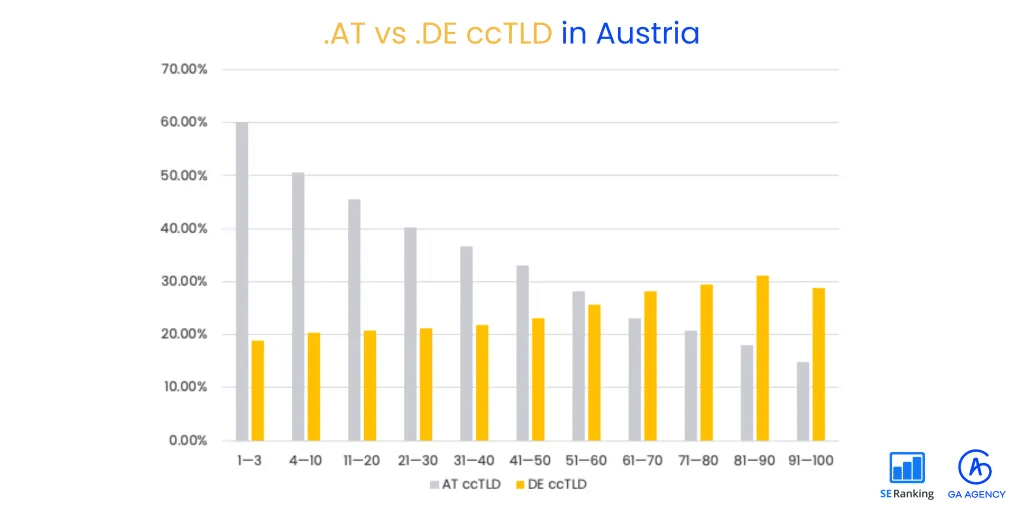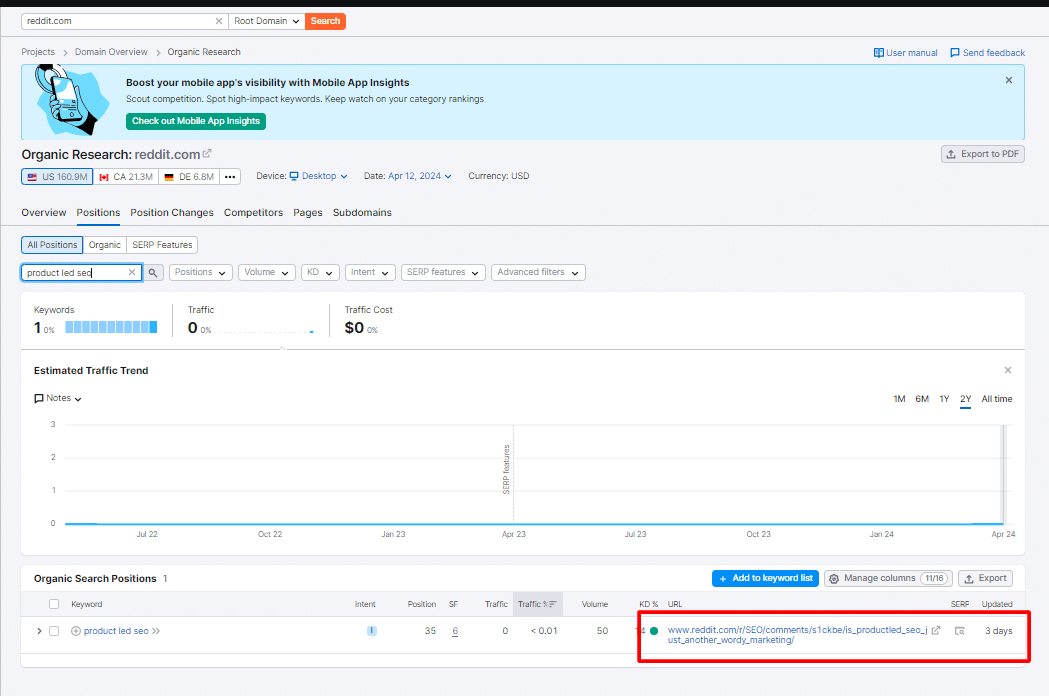The Google interface we know today will be gone in less than three years.
As ridiculous as this prediction may seem, I remember back in 2004 when Google.com finally overtook Yahoo.com. For eight years, no one thought that would ever happen, but it did.
Why?
Simply put, Yahoo had the best user experience on the web for 10 years, but Google provided a better one.
Now, think about this. Let’s say you have all kinds of questions about the world:
- Do I need to wear a jacket out today?
- What’s the best sushi restaurant near here?
- Give me a hint to today’s Wordle.
And what if you had a butler who was brilliant at every subject in the world and could give you the best answer to any question you had, not just an accurate answer but helpful, friendly and thoughtful?
- “It’s a little chilly out, so wear a light jacket in the morning. You can probably take it off around noon.”
- “Sushi Kingdom is a 15-minute drive from here, but they have the most amazing fatty tuna shipped in from Japan.”
- “Think of a five-letter word that means ‘tired’.”
Oh, and your butler refuses to take any money from you. It mainly wants to compete with your dog to be your best friend without all the licking.
If you had someone at your beck and call every minute of every day, would you ever go to a Google Search box again?
True ‘zero click’ is coming
Five years ago, Rand Fishkin was one of the first to sound the alarm on the rise of “zero-click searches,” when Google introduced featured snippets and universal search results.
At the time, we all decried it as a land grab from Google. It had the effect of “trapping” users on Google’s sites so they would click more paid ads and visit more Google properties.
However, in fairness to Google, they really were looking to improve the user experience. They knew that the vast majority of people who search for something don’t want to wade through listing after listing. They just want an answer.
Every SEO professional knows this, too. Nearly 70% of searchers don’t even click past the first three results.
In the search landscape of the future, yes, people will still use the Google interface we know today for things like research and exploration. But expect the 70% of searchers who don’t click past the first three Google results to flock to AI for answers.
Is SEO dead?
Those of us who’ve been in SEO for a while have lost count by now of how often the mainstream media has declared that “SEO is dead.”
My response to this has always been: as long as there are humans in the world and those humans are searching for something, SEO will never be dead.
Sure, the definition of what a “search engine” is will change over time. At one point, it was called “the Dewey Decimal System.” Then it was “Archie,” “Yahoo” then “Google.”
What will it be called next? “ChatGPT?” “Gemini?” “Grok?” Or something else entirely?
Or will multiple large language models (LLMs) arise, each trained in different areas of expertise?
Only time will tell what the exact landscape will look like, but one thing is for sure: the world will need a lot more “SEO.”
What does SEO look like in an AI-driven world?
To answer the question of what SEO will look like in the future, we need to think about what search itself will look like.
As every SEO knows, today most people search for head terms. A recent Semrush study said that 69.8% of searches use 1-4 keywords in the Google Search bar such as “weather tomorrow,” “restaurants near me,” “nfl scores.”
It’s a terribly awkward way to communicate, but it’s what we’ve all been conditioned to do since the 1990s.
That’s about to change.
Let’s think back to our aforementioned butler. Why would you say “restaurants near me” when you can have a conversation:
You: “Where should I eat tonight?”
Butler: “What are you in the mood for?”
You: “I don’t know. Maybe some Italian. Do you know a good place to get pasta around here?”
Butler: “Yes, Luigi’s Pizzeria is about a half mile away and has pretty good reviews.”
You: “What do the reviewers recommend?”
Butler: “A lot of them recommend the rigatoni with bolognese sauce or the grandma slice.”
You: “I never heard of this place. Have they been around very long?”
Butler: “Yes, they’ve been in business for 15 years, although they recently moved to this location.”
Search is going to the extremely long tail.
In other words, the search demand curve we all know and love will be changing. The fat head won’t be going away, but the curve will flatten as people get used to asking more specific questions to AI and getting more specific answers.
Is AI ready?
Not quite.
If you’ve tried a generative AI, you’ll probably have observed something for now. It’s great at solving math problems and translating. It can win any bar bet at trivia.
But go just a little deeper and you’ll see how far from “intelligent” AI really is.
My sister is one of the top veterinary pathologists in her field. I recently introduced her to one of the popular AI chatbots. She typed in three advanced questions and found that not only were the answers incorrect, but in some cases, they were dangerously wrong.
The technology behind AI is revolutionary, but AI doesn’t magically have knowledge from the get-go. Someone needs to teach it.
Right now, most LLMs are being trained on whatever data they can find on the public Internet, which, let’s face it, has largely been shaped by a quarter century of Google and SEO to focus on superficial content and head terms.
What can brands do to prepare?
In Aesop’s Fable “The Grasshopper and the Ants,” the grasshopper enjoys the warmth and food of summer while the ants work hard to prepare for winter.
Over the last few years, there have been some companies whose first move when the economy turns sour is to lay off or offshore their employees in “cost centers” like customer service and content teams.
These companies are looking at the coming AI revolution and likely asking themselves, “how do I best exploit AI so I can save even more costs and further boost my short-term profits?”
Those are the grasshoppers. They’re in for a rough winter.
On the other hand, the wise companies of the world are the ones that never stop putting their customers’ needs above everything else. These are the companies that look at the coming AI revolution and ask, “How do I become the place where AI (and, more importantly, my customers) come to learn?”
These are the ants, and they’re the ones who will thrive in an AI world.
If you’d like to be prepared, here are some basic things you should do.
Take online customer service seriously
Hire and retain the best customer service agents with empathy, expertise and experience.
Build a knowledge base of every question your customers ask and write in-depth answers that mirror what your best customer service agents would give, both in terms of knowledge and delivery.
Create deep content that shows true thought leadership
Stop chasing head terms. Go deep.
- What do you as a brand have to bring to the world that no one else can?
- What are nuanced questions about your industry that you’re uniquely able to answer, whether it’s about a highly specialized topic, a unique geography, or anything else unique that you bring to the table?
- What are underserved niches in your industry?
Tap experts in your company and your industry to write true thought leadership, whether it’s brand new knowledge or old knowledge presented in a fresh, accessible way.
Embrace every form of media your customers use, whether it be social posts, podcasts, videos, TV or radio broadcasts – AI will be able to access them all in its thirst to learn.
Invite expert user-generated content
Find ways to get experts from among your customers and internal staff to share expert user-generated content (UGC), whether through discussion forums, comments sections, reviews and so on.
UGC has long been the “secret weapon” of companies who wish to rank for long-tail searches. Now that all searches will be going long-tail, it’ll be more important than ever, especially since AI will be able to separate the wheat from the chaff.
Embrace openness and transparency
Long-time SEOs probably remember a time when search queries were often followed by the word “wiki.” These days, queries are more often followed by the word “reddit.”
Why?
Put simply, while both Wikipedia and Reddit were built on UGC, one is developing a reputation for encouraging open, honest and detailed conversations while the other is not.
Amazon’s review section is another example of the power of transparency: ask anyone you know who buys on Amazon what part of the product page they read first and invariably many will tell you the review section. If users are going to these sites to learn, AI will too.
As a brand, you will need your voice on these sites, not as a corporate shill but as an expert voice participating in the discussion.
Preparing your brand for AI-powered search
There’s really nothing new here, it’s the same E-E-A-T that Google has been preaching about for years.
The difference is that AI is getting so close to how our brains work that the line between “optimizing for search” and “optimizing for the human brain” will become close to indistinguishable.
Companies that optimize for knowledge and empathy will be the ones controlling the narratives for their industries and ultimately helping to lead the AI revolution.
from Search Engine Land https://ift.tt/OLyVbmA
via
IFTTT

























